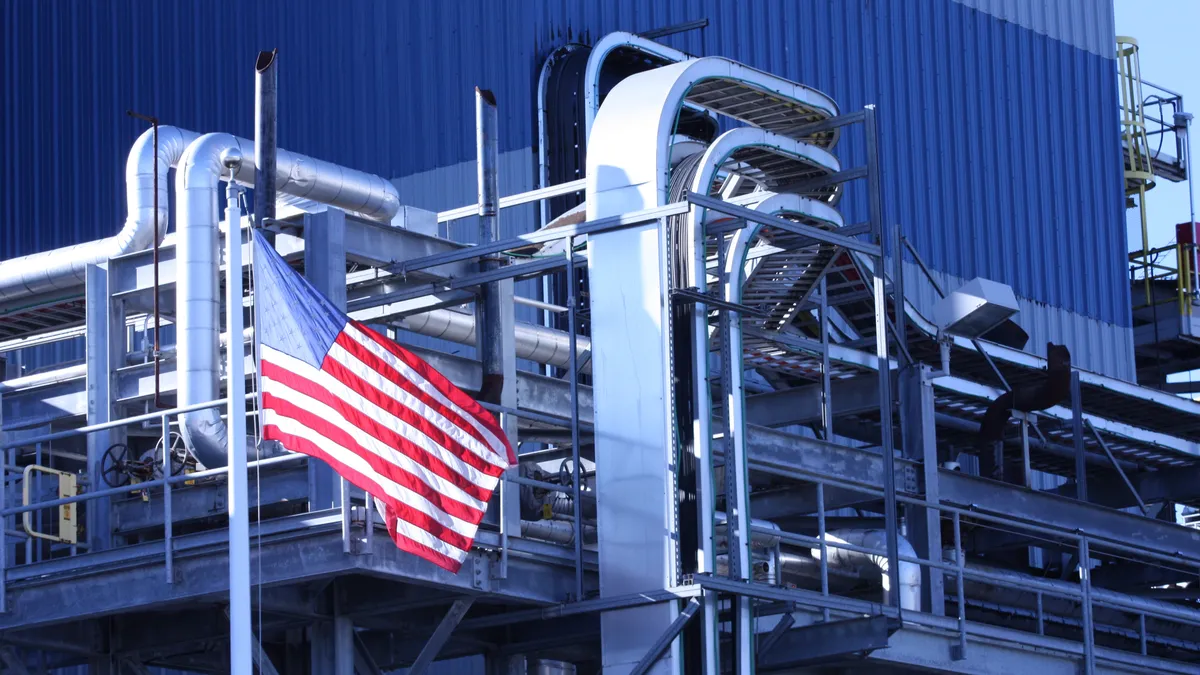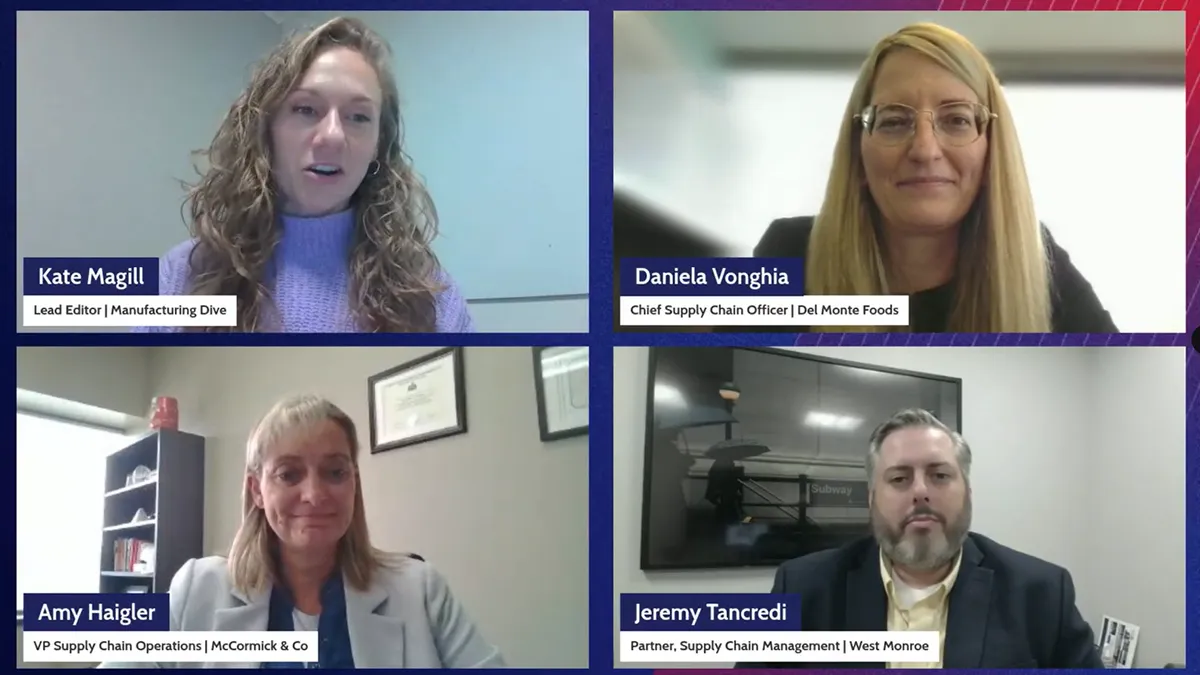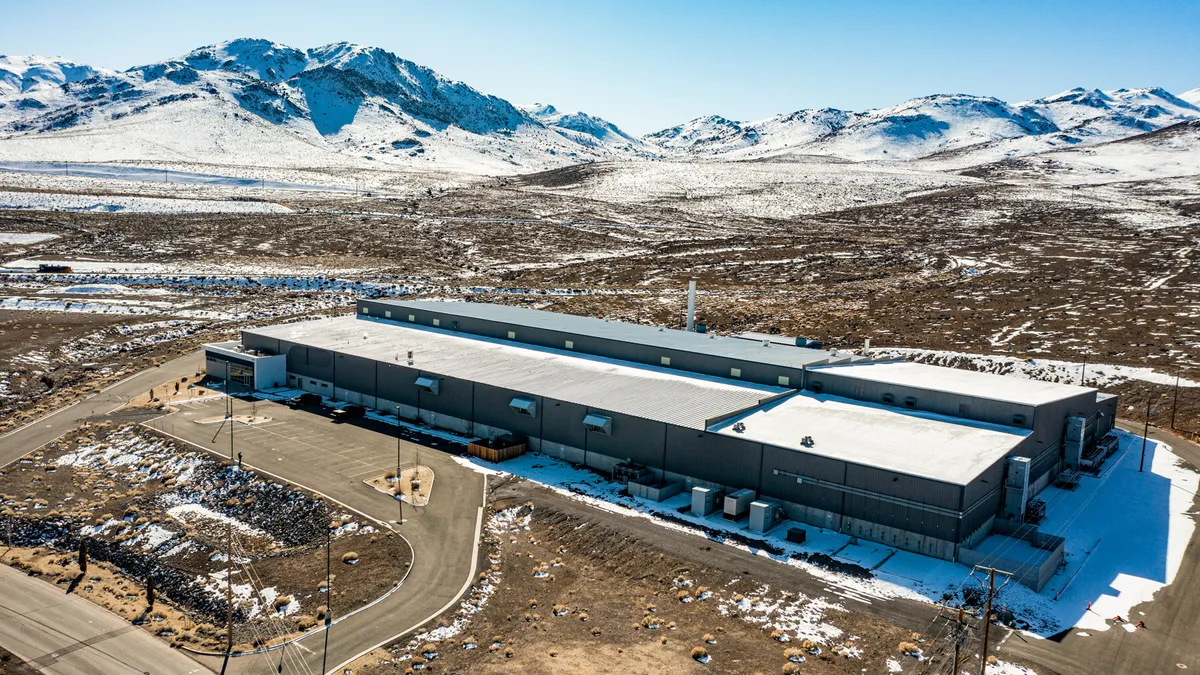Across the U.S., state and local governments are increasingly turning to building performance standards as a way to cut carbon emissions and meet climate targets.
BPS standards aim to cut emissions by requiring buildings and facilities to meet certain energy targets. While actual requirements and penalty structure may vary by city, their goal is one and the same: decarbonize America’s building sector and reduce energy-related emissions.
As of August 2024, four states and nine localities have adopted BPS, and six states and 42 localities are part of the the National BPS Coalition, an initiative launched in 2022 committed to implementing building performance policies and programs.
The nonprofit Institute for Market Transformation estimates that if every jurisdiction succeeds in implementing decarbonization policies, as much as 676 million metric tons of CO2e will be cumulatively eliminated through 2040.
Such cuts would significantly reduce the amount of emissions that come from buildings, parks and infrastructure, which the World Business Council for Sustainable Development estimates makes up 40% of global energy and process-related CO2 emissions.
How can manufacturers meet ambitious BPS standards? Read on for a few simple guidelines.
Identifying BPS requirements
First, identify whether the local government where a facility is located has already implemented such policies via the U.S. Office of Energy Efficiency and Renewable Energy or the National BPS Coalition participants list, as well as implementation timelines for standards.
Given the ever-shifting landscape of BPS, researching standards within a city or state’s department of energy, environment or commerce website might yield the most current results. For example, the Washington State Department of Commerce outlines specific BPS enforcement deadlines on its Clean Buildings Performance Standard page.
As part of the state’s "Tier 1 Compliance Requirements," to be met by as early as June 2026, businesses must, for instance: benchmark by measuring and tracking energy use in a building over time; implement an operations and maintenance program in accordance with the standard; and create an energy management plan, among other mandates.
While deadlines to meet requirements may be approaching for many cities, manufacturers who study their policies might be pleased to learn the bar is quite approachable, according to CBRE Senior Sustainability Director Brett Bridgeland.
“Energy and emissions reductions are often phased, such that in an initial compliance period the standards are lower,” Bridgeland said. “Some facilities may already comply or may be able to achieve initial compliance through relatively low-cost energy efficiency strategies, such as lighting or controls improvements.”
Even if initial standards may seem basic, Bridgeland advises that subsequent compliance periods may ratchet performance thresholds and require more significant investments to maintain compliance. For those circumstances, facilities should start planning ahead now, he said.
Low-cost and low-effort solutions
Some of the most effective changes that manufacturers can make to their factories or office buildings are also the simplest, said Kate Henningsen, CEO of sustainability startup Infogrid.
That includes adjustments that are often recommended to laypersons, like using LED bulbs.
“It is surprising how much lighting can do for a building. Making sure you have timed on-and-off lights is usually one of the cheapest capital investments that yields a big savings in energy,” Henningsen said.
Another is ensuring that internal room temperature adjusts for the season and time of day.
“There are so many sophisticated buildings that keep the temperature in their building the same 365 days a year, 24/7,” Henningsen said. “And the first thing we say is you don't need to have your temperature set at 72 degrees for every floor in every inch of the space. And that in itself, can really start to drive some energy cost savings.”
Henningsen said that her third most cited recommendation is for building managers to replace dated HVAC systems, which are “inefficient” and can account for up to 60% of energy expenditures.
Mike Newcomb, senior director of operations at biopharmaceutical manufacturer Novonesis' North America's headquarters in Franklinton, North Carolina, said that zeroing in on everyday operational practices has helped the company become more sustainable.
“We are also investing heavily in our ability to reuse water. We have installed Reverse Osmosis technology at different points of our processes to be able to reuse water," Newcomb said. "Eventually we will have systems within different production buildings that allow for the re-use of substantial amounts of water, thereby lowering the amount of fresh water that needs to be used by production each day.”
Investing in the future
Beyond simple low-effort measures, Bridgeland said that the electrification of heating and hot water — while requiring a larger upfront investment — might help businesses achieve compliance with local standards.
Due to the cost of such a change, though, Bridgeland advised that where possible, it should be considered thoughtfully as part of a greater sustainability plan, “rather than as a reactive, emergency replacement.”
With regards to decarbonized heating, Bridgeland said that heat recovery is also a viable option for many facilities.
“Leading manufacturers are capturing and reusing waste heat from condenser water, exhaust or process loads,” he said. “Low-grade heat can [then] be boosted to higher temperatures using advanced heat pumps now entering the U.S. market.”
This type of mutually beneficial tradeoff can be seen at work at Novonesis’ Kalundborg, Denmark facility where waste streams are shared between companies.
“The majority of the solid waste generated at the facility is transferred to another company who then uses it as an input to a digestion process to produce biogas, which is then put into the power grid," Newcomb said. "Our facility is part of a symbiosis of companies that share waste streams leading to more value capture for everyone and less overall emissions."
There are some options that are unique to manufacturers. One such energy-saving opportunity is the use of rooftop solar power, Henningsen said, which can be captured and later used to offset energy costs.
“Manufacturers have the scale of buildings to put larger solar arrays on their rooftop that could cover more power,” Henningsen said. “And a fancy office building in New York might not want to put a large solar plant on their building, but manufacturers might be totally great with that.”
More reasons for change
In addition to helping manufacturers avoid penalties, Henningsen said another reason buildings should aim towards decarbonization is the constraints of energy supply.
“Very soon, you're going to have a mismatch between how many people need power and how much power there is on the grid,” Henningnsen said. “Getting more sophisticated around energy, having on-site generation, having storage so that you can always power your plant, reducing your energy costs and your energy demand — all those make a manufacturer more resilient.”
Editor’s note: This story has been updated to reflect that as of August 2024, four states and localities have adopted BPS, and six states and 42 localities are part of the National BPS Coalition.



















